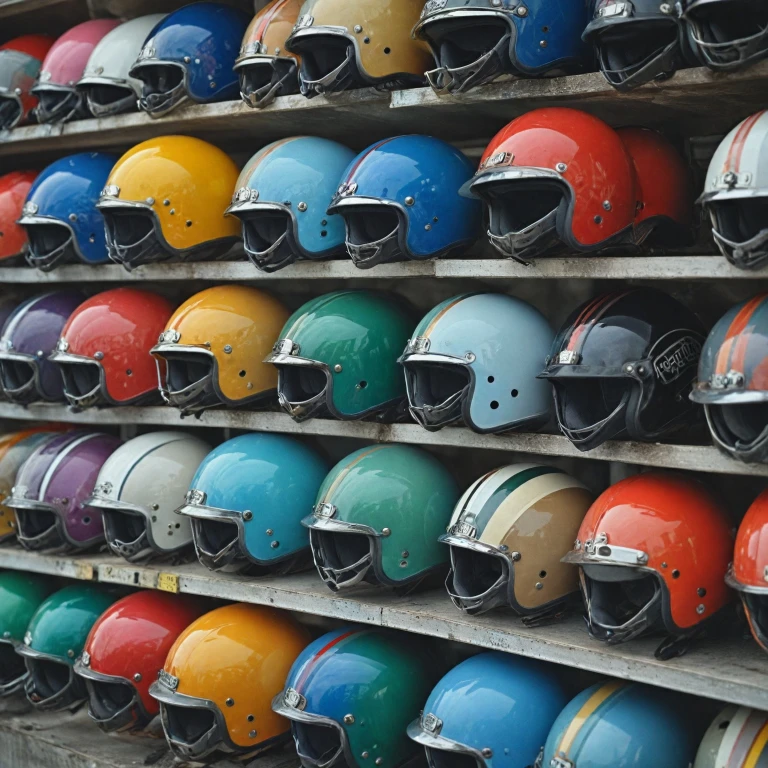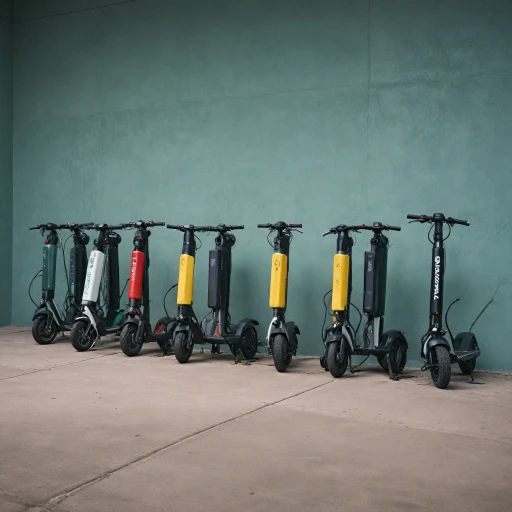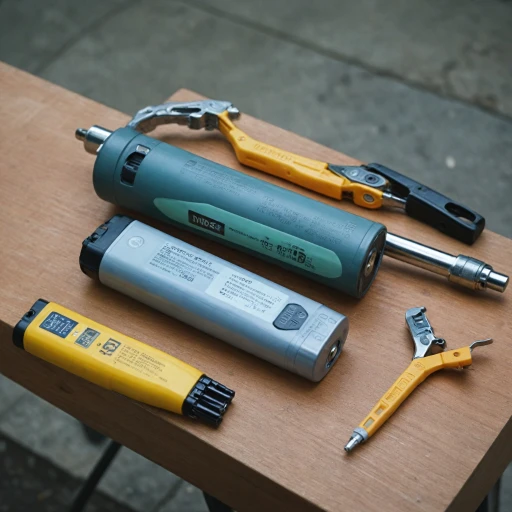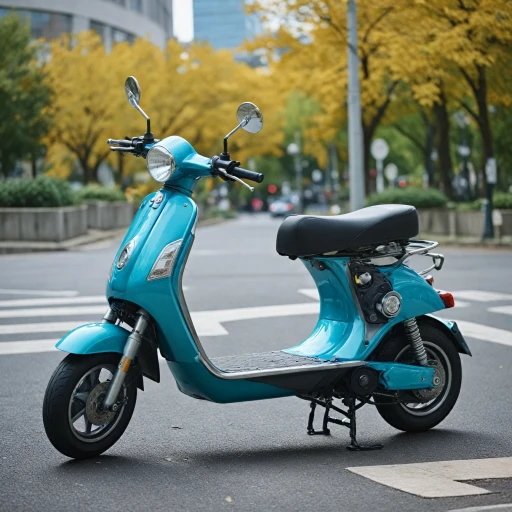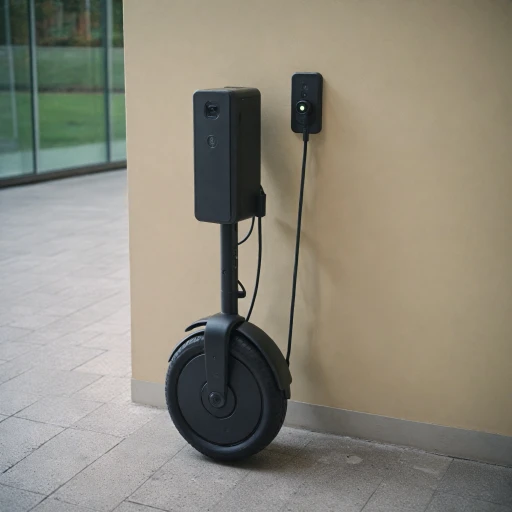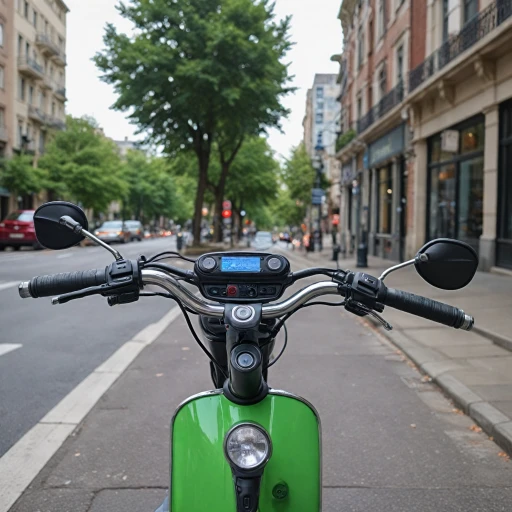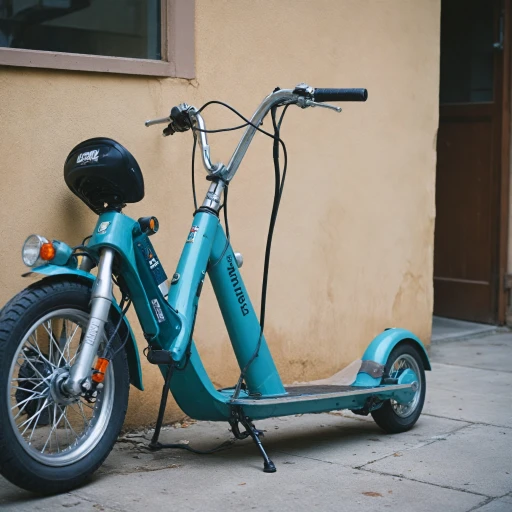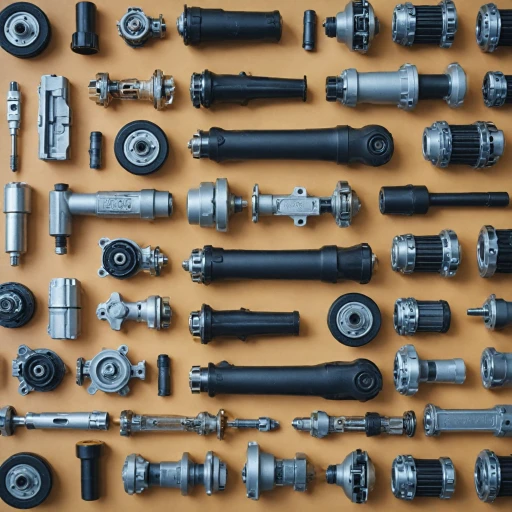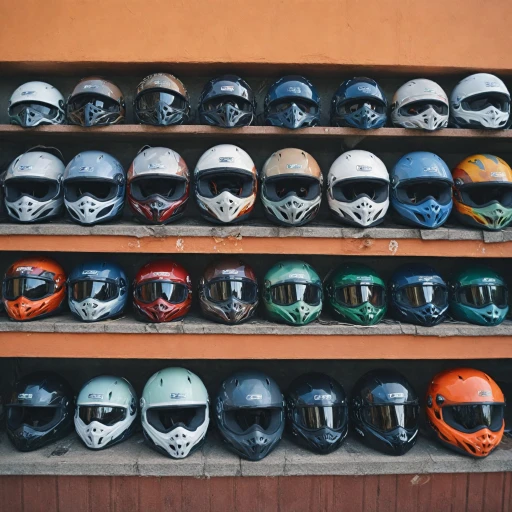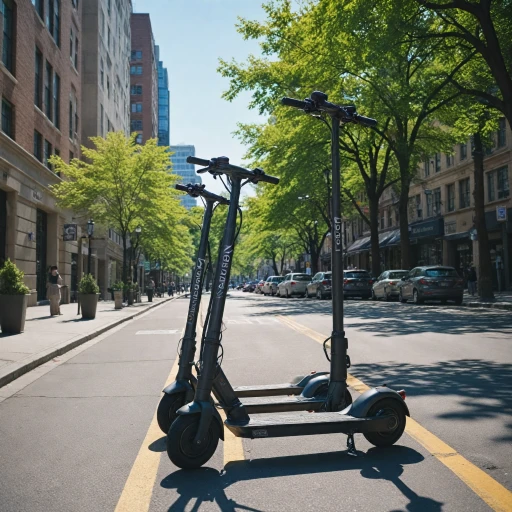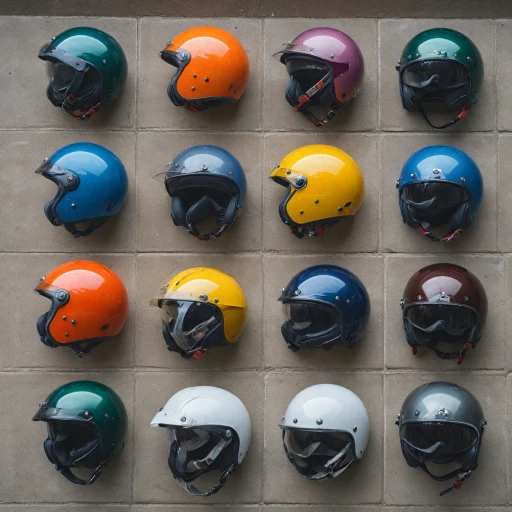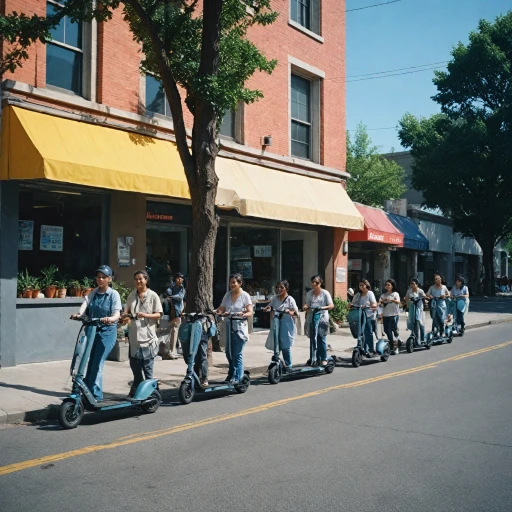
Understanding Helmet Safety Standards
Helmet Safety Standards for Scooter Riders
Understanding helmet safety standards is crucial for any rider seeking protection while navigating the streets on an electric scooter or motorcycle. The right helmet can mean the difference between a safe ride and a hazardous experience. Numerous standards exist to ensure helmets provide adequate protection for scooter riders, safeguarding against injuries during unforeseen accidents.
In most countries, specific rules require helmets to meet certain safety criteria before they are certified for sale. For instance, in the United States, the Department of Transportation (DOT) sets forth guidelines that helmets must adhere to. This includes meeting impact resistance and penetration protection norms. Similarly, in Europe, the Economic Commission for Europe Regulation No. 22 (ECE 22.05) provides a benchmark for helmet design.
When considering a helmet for your electric scooter, it's beneficial to familiarize yourself with the standards applicable to your locale. Look for certifications such as DOT, Snell, or ECE that can be found inside the helmet along with a list of features that ensure compliance. Checking these certifications before making a purchase provides assurance regarding the product's credibility and legitimacy, making it safer for you as a rider.
To delve deeper into helmet specifications and what makes a good scooter helmet, continue exploring other aspects like the types of helmets suitable for different scooters, as well as key features that enhance safety and comfort. Additionally, you can learn more about the significance of personal safety gear through this comprehensive guide on scooter helmets.
Types of Helmets Suitable for Motor Scooters
Popular Styles and Designs for Scooter Helmets
When selecting a helmet for your motor scooter, it's essential to understand the variety of designs available, each offering unique features and levels of protection. Let's take a closer look at some of the most common types suitable for motor scooters.
- Full Face Helmets: These helmets provide the most comprehensive coverage around your head and neck, making them an excellent choice for riders seeking maximum protection. They feature a solid chin bar and often come equipped with a visor to shield your face from debris and wind.
- Open Face Helmets: Also known as 3/4 helmets, these offer an unobstructed view and a sense of freedom, while still providing coverage for most of the head. Although they lack a chin bar, many open face helmets include a sun visor to enhance comfort.
- Jet Helmets: With their minimalist design, jet helmets are a popular choice for urban scooter riders. They provide decent protection and a retro look that appeals to many riders, available in various finishes such as black matte and glossy.
- Modular Helmets: Blending the features of full face and open face helmets, modular helmets offer a flexible design where the chin bar can flip up, providing versatility and convenience without compromising on safety.
When choosing a scooter helmet, consider factors such as speed, protection level, and personal style. Whether you prefer the sleek design of a black matte full face helmet or the retro charm of a jet helmet, there's something to fit every rider's needs. Furthermore, finding a helmet that complements the aesthetic of your scooter or matches its color scheme can enhance your riding experience.
For a more in-depth overview of selecting the right helmet for your electric scooter rides, you can refer to Choosing the Right Helmet for Your Electric Scooter Rides for expert insights and recommendations.
Key Features to Look for in a Scooter Helmet
Essential Features to Consider in a Scooter Helmet
When selecting the perfect helmet for your motor scooter, it's not just about the looks or price; focusing on key features is crucial to ensure maximum protection and comfort.- Protection: The primary role of any helmet is to offer protection. Helmets should provide adequate coverage around the head and face. Consider full face helmets for complete protection, or open face designs if you prefer more ventilation.
- Design and Style: From retro helmets with classic curves to modern jet helmets, the design matters not just for aesthetics but for functionality too. Matte finishes such as black matte or colors can add to the visual appeal while serving practical ventilation purposes.
- Visor Options: Visors can enhance your ride by providing protection from the sun and other environmental elements. A sun visor is a particularly useful addition for day rides.
- Weight and Comfort: Weight is a critical factor, as lighter helmets often mean better speed mph handling for electric scooters, reducing fatigue on longer rides.
- Breathability: For comfort during rides, especially in warmer climates, ensure the helmet design includes ventilation options. Jet and open face helmets are excellent for improved airflow, but a face helmet might offer better protection and visibility.
- Fit and Adjustability: A good helmet should fit snugly but comfortably. Check for adjustable straps and padding that allow riders to customize fit without compromising safety.
The Importance of Proper Helmet Fit
Ensuring the Right Fit is Essential
Finding the perfect fit for your scooter helmet is more than just a comfort issue; it is a critical aspect of your safety. A helmet that fits properly provides maximum protection to riders in the event of an accident. When trying on helmets, consider these important steps:- Measure Your Head: Use a soft measuring tape to find the circumference of your head. This measurement will help you determine the size range you should look for in helmet products. Manufacturers offer a variety of sizes, from small to large, ensuring that every face and head shape is catered to.
- Try Before You Buy: If possible, try on several helmets before purchasing. Ensure that the helmet sits snugly without causing discomfort. You should feel uniform pressure around your head without any tight spots.
- Check the Strap and Retention System: A properly secured helmet will have a strap that keeps it in place, even at speed mph. Make sure the chin strap fits and adjust it so it rests just under your jaw.
Helmet Maintenance and Care Tips
Ensuring Longevity and Optimal Performance
Proper maintenance and care of your scooter helmet is pivotal to ensuring its longevity while maintaining optimal protection for riders. Here’s a concise guide on how to keep your helmet in top shape:- Regular Cleaning: The exterior of your helmet, especially when it's a sleek black matte finish or a retro design, can accumulate dust and grime. Use a mild soap solution and a soft cloth to clean the outer shell. Avoid harsh chemicals that might damage the helmet’s surface or its integral design.
- Interior Care: If your helmet is equipped with a removable liner, it's essential to wash it periodically. Sweat and dust can accumulate inside, impacting comfort and hygiene. Follow the manufacturer's instructions for washing to preserve the padding and cardboard components.
- Inspection for Damage: Frequent checks for cracks, deep scratches, or compromised visors, especially on full face and open face helmets, are necessary. Any visible damage can affect the helmet’s ability to provide adequate protection for your face in a collision.
- Storage: Store your helmets in a cool, dry place away from direct sunlight to avoid deterioration. Exposure to heat and UV rays can degrade the materials, diminishing protection. A helmet bag can also prevent scratches during storage.
- Replacement: Even with meticulous care, helmets have an expiration date. Typically, it is advisable to consider replacing your helmet every five years or sooner if there's noticeable wear and damage.
